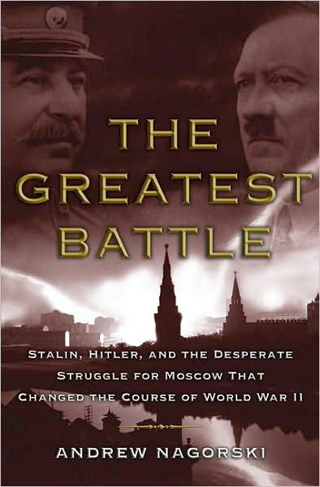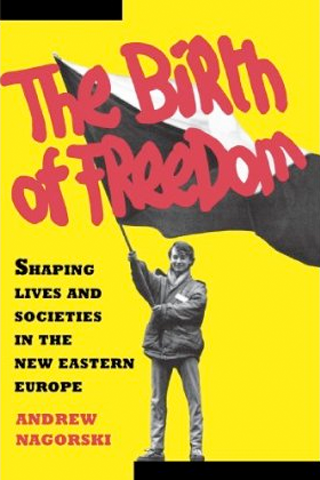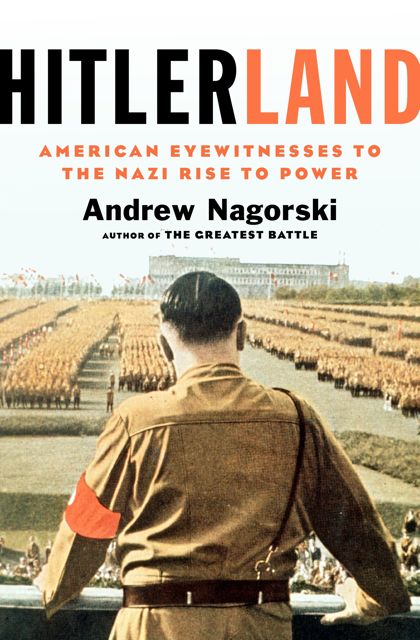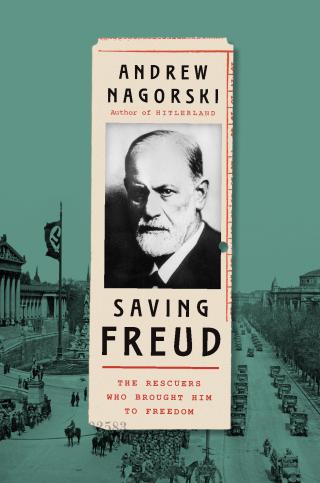Father of psychoanalysis comes alive again in this book through the eyes of people who cared deeply that he should survive
Sigmund Freud really should have known better.
He had few illusions about human nature, having by 1920 invented the concept of the “death drive” to explain human destructiveness, borne home to him as to so many others by the ravages of the Great War.
He also had no illusions about antisemitism. He had always known that Jews were in a precarious position in the German-speaking lands, yet he insisted, in his irascible way, of not being cowed by this.
In 1926 he had famously told a journalist, “My language is German. My culture, my attainments are German. I considered myself German intellectually, until I noticed the growth of antisemitic prejudice in Germany and German Austria.
Since that time I prefer to call myself a Jew.” Outspokenness of this kind was one of his strong suits and contributed greatly to the image we have of Freud as a prophet, speaking the truth and refusing to be taken in by wishes or lies.
Yet there he was, stuck in Vienna after the Anschluss despite all the warnings, still resisting pressure from his friends and admirers to leave.
As late as February 1938, Freud was writing to his friend Max Eitingon, once the leading psychoanalyst in Berlin but since 1933 resident in Palestine: “Our brave and in its way decent government is now more energetic than hitherto in keeping the Nazis at bay, although in view of the latest events in Germany, no one can be sure of what is going to happen.”
As Andrew Nagorski notes, they soon found out, as the Austrians embraced Nazi antisemitism with an enthusiasm that shocked even the Germans. So much for psychoanalytic perspicacity.
Freud’s reluctance to leave Vienna, his home for nearly 80 years, was not incomprehensible.
Not only did he underestimate the Nazi threat, but he was seriously ill, he had his patients and the psychoanalytic movement to consider, and then, as now, it was by no means easy to find a country that would accept refugees.
In Freud’s case, a remarkably effective small group clustered around him, including the British psychoanalyst Ernest Jones (who negotiated entry into Britain with his fellow ice-skating enthusiast, the Home Secretary Samuel Hoare); William Bullitt, the American Ambassador to France and co-author with Freud of a dreadful book on Woodrow Wilson; the miraculous Marie Bonaparte, princess of Greece and leader of the French psychoanalysts; Freud’s devoted doctor Max Schur; and Freud’s even more devoted daughter Anna.
These extraordinary people bargained with the Nazis, harassed Freud into agreeing to leave, manoeuvred for funds and for visas, and spirited Freud and a largish coterie away (but not including Freud’s sisters, who died in the Holocaust). They all adored Freud and brought him to London to ‘die in freedom’, in a country that welcomed him with grace and genuine warmth.
Saving Freud is not an original book; pretty much everything in it is already well known and documented elsewhere. But the conceit of the book, which is a kind of group biography of the people who helped “save” Freud from the Nazis, is a strong one.
Each of the early chapters takes one of these figures and describes their links with Freud, pointing forwards to the day when they would act on his behalf; and all the portraits are well drawn. The book is lively and the story well told.
At the end of it, Freud himself, who stirred and still stirs such strong emotions not only in those who knew him personally but in those for whom he is only a name, comes alive again through the eyes of people who cared deeply that he should survive.
This is probably the book’s main achievement: that in a time in which the standing and integrity of psychoanalysis continues to be questioned, it manages to show the extent to which people were entranced by Freud, how much this led some of them to love him, and how in doing so they revealed the deep ethical core of his person and his ideas.








